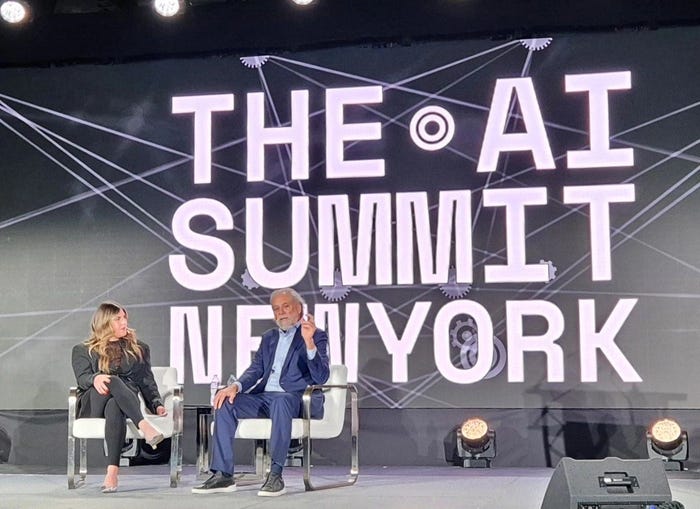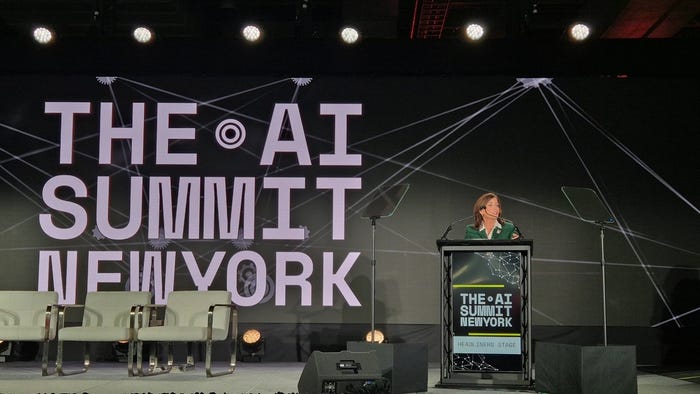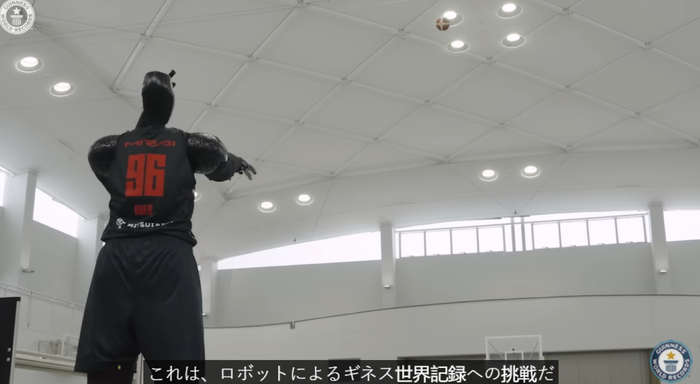DeepRoute Launches New Map-Free Self-Driving Tech
It has developed its own HD map-free solution for automakers across a broad range of vehicles

DeepRoute.ai has released two new map-free autonomous driving solutions.
The Shenzhen-based firm is following a different route from other players in the self-driving space by eschewing the use of high-definition mapping to enable assisted driving and robotaxi functionality.
DeepRoute argues that mapping is extremely expensive and adds unnecessary cost to the tech. It also points out that maps require constant updating and are heavily regulated in China.
Instead, it has developed its own HD map-free solution for automakers across a broad range of vehicles, which is based on the scalable Nvidia Drive Orin centralized compute platform. The powerful Drive Orin system on a chip can deliver 254 trillion operations a second.
DeepRoute’s new Driver 3.0 package includes two different map-free products. D-PRO – which comes with a hardware cost of $2,000 – includes valet park assist (VPA) and point-to-point navigation on all roads without operational design domain (ODD) restrictions.
Meanwhile, D-AIR – which has a hardware cost of $1,000 – offers features such as automatic cruise control (ACC), lane centering control (LCC) and autonomous emergency braking (AEB).
A new video released by DeepRoute shows the capability of the technology.
It illustrates how a car equipped with lidar and Driver 3.0 is able to cope with Shanghai’s notorious traffic during peak times, even without HD mapping. The vehicle is shown negotiating pedestrians and e-scooters and completing complex maneuvers such as obstacle avoidance and unprotected left turns.
Maxwell Zhou, DeepRoute CEO, explained the company’s strategy. “We focus on rapidly bringing highly advanced, affordable autonomous driving to automobile OEMs,” he said.
“Unlike most other autonomous driving solution providers, we concentrate on developing one autonomous driving framework and commercialize it by first deploying ADAS functionality,” he said. “Once ADAS-equipped cars are widely available, relevant regulations are in place, and the public better understands autonomous driving, OEMs can upgrade to full autonomy via over-the-air (OTA).
“We strategized the HD map-free approach back in 2020 and started OEM collaboration based on this pioneering approach last year. Not relying on HD maps, smart driving will be available everywhere and affordable for automakers and consumers alike.”
The strategy appears to be paying off, with DeepRoute already announcing what it describes as “major contract(s) with OEMs for mass production” of Driver 3.0.
It has not yet confirmed who it is partnering with but said that “an established automotive brand” will offer vehicles equipped with Driver 3.0 later this year. OTA software updates will be available for cars integrated with Driver 3.0 in the future.
Read more about:
AsiaAbout the Author
You May Also Like








